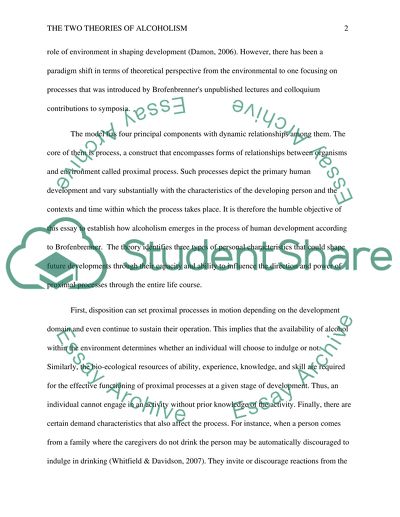Cite this document
(“How Two Theories Explain Alcoholism Research Paper”, n.d.)
Retrieved from https://studentshare.org/psychology/1490988-how-two-theories-explain-alcoholism
Retrieved from https://studentshare.org/psychology/1490988-how-two-theories-explain-alcoholism
(How Two Theories Explain Alcoholism Research Paper)
https://studentshare.org/psychology/1490988-how-two-theories-explain-alcoholism.
https://studentshare.org/psychology/1490988-how-two-theories-explain-alcoholism.
“How Two Theories Explain Alcoholism Research Paper”, n.d. https://studentshare.org/psychology/1490988-how-two-theories-explain-alcoholism.


